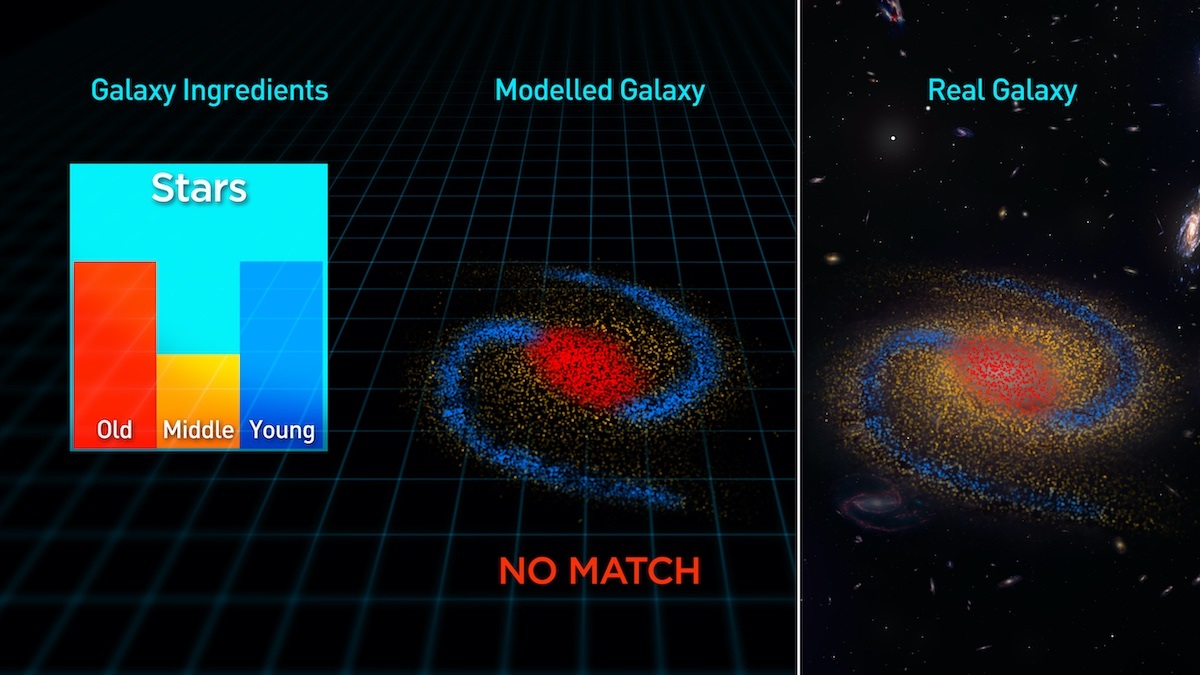In the ever-evolving landscape of condensed matter physics, the recent advancement in all-optical techniques heralds a transformative era for the exploration of electronic band structures. This paradigm shift can be likened to a masterful painter unveiling a hitherto invisible canvas, where light serves as both the brush and the palette. The manipulation of light at the microscopic level has the potential to unravel the complex tapestry of electron dynamics and enhance our comprehension of material properties.
At the heart of this breakthrough lies the intrinsic interplay between light and matter. Band structures, the graphical representation of energy levels of electrons in solids, delineate the occupied and unoccupied electronic states that govern the electrical, optical, and thermal properties of materials. Traditionally, determining these structures has necessitated elaborate experimental setups, often involving synchrotron radiation or angle-resolved photoemission spectroscopy (ARPES). However, the recent innovations in time-resolved laser techniques are reshaping this landscape.
The essence of all-optical methods can be described as an audacious dance between photons and electrons. In an all-optical setup, ultrafast laser pulses are utilized not only to probe but also to manipulate the states of electrons within a material. By employing a sequence of carefully tailored laser pulses, researchers can induce transient states that momentarily disrupt the equilibrium configuration of electrons, enabling them to map the band structure dynamically. This technique reveals intricacies about the system’s electronic configuration that static measurements could obscure.
This dynamic probing aligns seamlessly with the principles of pump-probe spectroscopy. The pump pulse excites the electrons, while the probe pulse measures their subsequent behavior. This exquisite timing cultivates a fine-tuned resolution in both time and frequency domains, akin to a finely tuned instrument capturing the specific notes of a symphony. Such precision allows for the observation of electron dynamics on the femtosecond time scale, revealing the transient phenomena that characterize the behavior of materials under external perturbation.
Among the myriad applications that arise from this novel approach is the investigation of topological materials – entities characterized by their non-trivial band topology. These materials possess unique properties that hold promise for quantum computing and spintronics. Through all-optical techniques, researchers are beginning to unveil the intricacies of topological phase transitions, providing insights into their stability and robustness. This is particularly crucial for the development of quantum algorithms, where coherence and the preservation of quantum states are paramount.
The appeal of all-optical methods extends beyond mere technological novelty. There is a certain elegance in the capability to interrogate materials in real-time, observing the emergence of phases and transitions that were previously shrouded in mystery. In essence, it is akin to being granted a glimpse into the very heartbeat of a material as it evolves and interacts with its environment. Each pulse is a fleeting moment of revelation, shedding light on the intricate dance of electrons as they shift within the confines of their band structures.
As the field progresses, the integration of machine learning algorithms with all-optical measurements emerges as a compelling frontier. This synthesis is reminiscent of a collaboration between a seasoned conductor and a virtuoso musician, where data analytics can extract deeper insights from the copious amounts of data generated. Machine learning models, trained on vast datasets, can discern patterns and anomalies that human researchers might overlook, potentially accelerating the discovery of new materials with desirable properties.
Moreover, this interdisciplinary collaboration invites a plethora of research avenues. Combining insights from physics, materials science, and computational modeling could lead to the design of novel materials exhibiting tailored electronic properties. Such a development would have far-reaching implications in various realms, from energy storage systems that outperform current lithium-ion technologies to more efficient photovoltaic cells that capture sunlight with unparalleled efficiency.
However, with this surge in innovation comes the imperative for rigorous theoretical and experimental validation. As researchers navigate this uncharted territory, they must employ a meticulous approach to ensure that the observations made through all-optical methods can withstand scrutiny. The complexity of band structures often requires multi-faceted analyses, integrating perturbation theory with numerical simulations to provide a comprehensive picture of the behaviors observed.
In conclusion, the all-optical breakthrough in probing band structures stands as a testament to the boundless curiosity inherent in the scientific endeavor. By shining a light on the dance of electrons within materials, this innovative technique not only enhances our understanding of electronic properties but also paves the way for revolutionary advancements in material science. The road ahead is laden with potential, promising to unveil new horizons in technology and understanding. Just as a fine artist meticulously layers paint to create depth and richness on canvas, the physicist of today must wield the tools of light with precision, illuminating the hidden intricacies of electrons in their relentless pursuit of knowledge.












